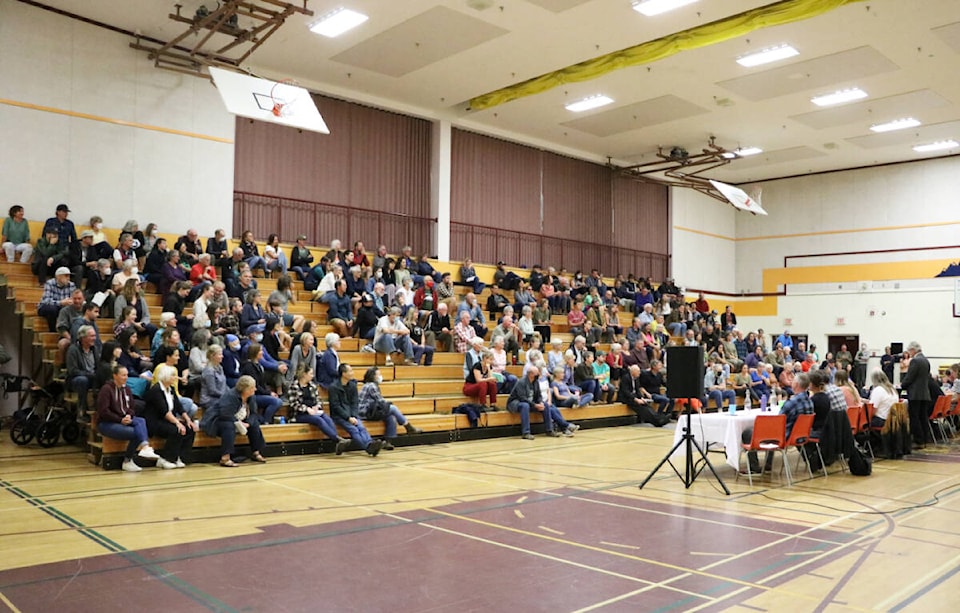The Rossland municipal election may have been slightly over-budget and the results slow in coming, but the turnout was the highest of the five municipalities in Greater Trail.
Elections official and Deputy Corporate Officer, Cynthia Anonuevo, provided the Election Officer Report to council Nov. 7.
Rossland residents were given the opportunity to vote at two advanced polls (Oct. 5 and 12) and the general election on Oct. 15 at Miners’ Hall.
According to the report, the city retained 12 polling clerks and two appointed election officials for the final voting day.
Election workers provided feedback after the election, suggesting minor changes to layout to make Miners Hall more accessible for people with mobility or physical constraints.
Of the dozen clerks, three showed up to help count the ballots manually, which contributed to the election results being slow to follow. The official results came in hours behind the other Trail municipalities, which were done electronically.
“Our hand counting means our results take a lot longer,” said Coun. Stewart Spooner. “That evening it was possible to get other community’s results within an hour or so.
“But as far as the capacity of getting counting machines, is this expensive, is this a good investment, is this something we are going to do?”
Staff responded by saying the city plans to look at its options and will likely move forward in budgeting for voting machines closer to the next election cycle in 2026.
“Since Rossland’s population continues to grow at a rate ahead of the provincial average, staff will be researching options for voting machine purchases or rentals for future elections to be considered through future budget processes,” read the report.
“In cases where there are multiple ballots, manual counting is not ideal or efficient use of resources.”
The electorate has seen significant growth since 2014. The number of voters increased 22 per cent, going from 2,546 eligible voters to 3,111 in 2022. This year 1,622 ballots were cast for mayor and 1,616 for council.
As for the budget, the city’s original budget of $12,400 came in almost $1,000 over with the election expenditures totaling $13,312.05.
This year saw a modest increase in remuneration, advertising, miscellaneous expenses, and ballot costs, but a much reduced cost in training expenses.
The report also breaks down the votes received by councillors and mayors at the advanced ballots and on voting day.
After the analysis, Annonuevo recommended the city “try to implement resource sharing with other communities to help reduce operational costs and capital expenses” through specialized equipment or personnel. Also, to improve communication and engagement with the community, its stakeholders, and regional partners by creating a communication policy and engagement strategy.
Rossland boasted a voter turnout of 52 per cent in 2022, compared to 37 per cent in Trail, 41 per cent in Warfield, 31 per cent in Montrose, and 26 per cent in Fruitvale.
Castlegar saw a 29 per cent turnout and Nelson, 41 per cent.
View the report online at rossland.ca.
